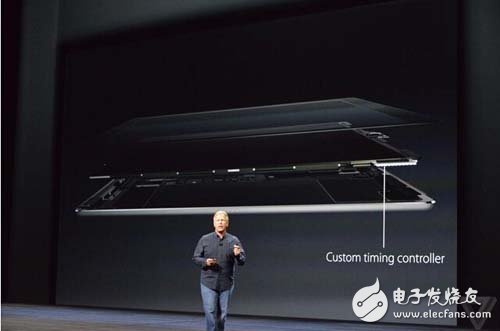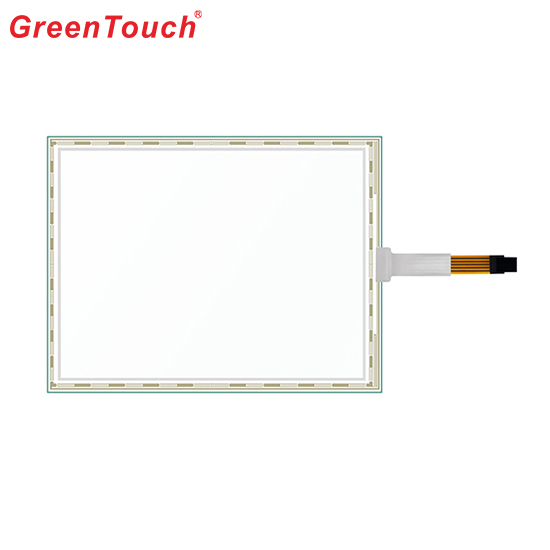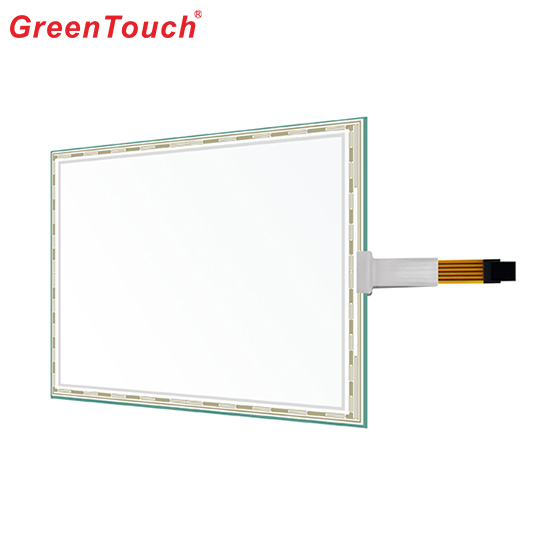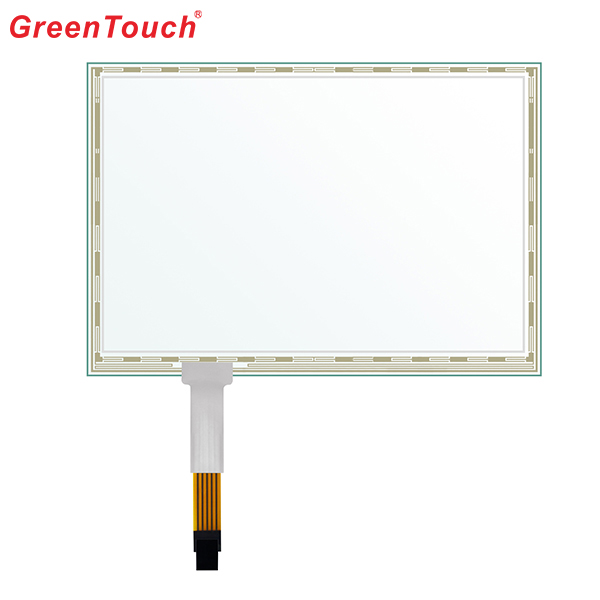According to South Korean media reports, Apple is still looking for a stable supply of 200 million OLED screens to Korean suppliers. At present, in the global smartphone OLED screen market, South Korea's Samsung Electronics has almost gained a monopoly advantage. Almost all of China's OLED screens come from Samsung Electronics. According to previous media reports, Samsung Electronics has already received orders for Apple's 100 million OLED screens. According to South Korean media reports, Apple has indicated to Korean suppliers that they need to supply 200 million OLED screens in 2017. In addition to OLED screens, Apple is currently contacting suppliers to find new screen components such as circuit boards. If Samsung Electronics received the news of 100 million screen orders, this means that Apple Apple needs an additional 100 million OLED screens, and Samsung Electronics and LG may continue to compete for this part of the order. An Apple parts supplier told South Korean media that it is currently preparing to supply OLED-related parts for the iPhone next year. It seems that Apple will issue the final order in the fourth quarter of this year. Prior to this, Apple's mobile phones and notebooks have always used LCD screens. Compared with LCDs, OLED screens display better picture quality and save more power. Before Apple, Samsung Electronics and many of China's smartphone makers have begun to adopt OLED screens. Apple's battery life has been criticized by the outside world, and OLEDs help to improve battery life. According to reports, mobile phones are only the first step for Apple to adopt OLED. In the future, Apple will turn to OLED screens in more products such as notebook computers. In addition to the temporarily leading Samsung Electronics, the global companies that have the ability to compete for Apple screen orders include South Korea's LG, Japan's "Japan Display", and Foxconn's acquisition of Sharp. Sharp used to be the main supplier of Apple's LCD screens. However, due to years of operational difficulties and insufficient funds, the company is in a backward position in the technology and mass production of OLED screens. One of the purposes of Guo Taiming's acquisition of Sharp is to make its OLED technology more mature and mature, and to compete with Apple, such as Samsung and LG, for Apple's OLED screen orders. Foxconn is the largest foundry of Apple's mobile phone, and has close ties with Apple, which also helps Sharp share some orders. According to statistics, Samsung and LG currently account for 95% of the global OLED screen production capacity. China's BOE and other companies have also begun to increase investment in OLED, but will not be put into production until 2018. In addition, China's mobile phone market is fiercely competitive. The media reports that companies such as Xiaomi and Meizu will launch mobile phones based on OLED curved screens (OLED screens including curved screens and ordinary screens) in order to achieve differentiation in the domestic market. The need for OLED screens. Previously, foreign media also reported that due to the lack of global OLED mobile phone screen capacity, Apple's new mobile phone will switch to OLED screen in two steps: in 2017, some iPhone 8 will use OLED, and in 2018, etc. After Japanese manufacturers such as monitors increase production capacity, Apple will adopt OLED screens in all mobile phones. The iPhone 7 was released into the countdown, but it was reported that it was facing serious shortages because the production capacity of some parts could not keep up. The speculation may be the dual camera module used by the iPhone 7 or the TSMC 16nm A10 processor, but according to the market DRAMeXchange news, SK Hynix, one of the major suppliers of iPhone 7 memory particles, has not passed Apple certification. Turn orders to Samsung and Micron. Recently, the world's major mobile phone manufacturers have launched a large number of new products, the demand for various parts and components has risen sharply, and they have fallen into a shortage of supply, including memory particles, and I am afraid it will continue until the first quarter of next year. On the iPhone 7, Samsung originally took about half of the orders, and it is unlikely to eat the part that was originally given to Hynix. Therefore, Apple can only help other suppliers and prefer Micron. Micron's 20nm LPDDR4 memory granules were originally produced only at Huaya Branch, and got orders for about 20% of the iPhone 7. However, this time, in order to urgently grab the order, the capacity has been rapidly expanded, and almost 80,000 pieces of production capacity have turned to 20nm. In the current mobile memory market, Samsung occupies as much as 61.5% of the market, and the 20nm process yield is stable, the product is diversified, and the advantages are huge. Hynix has also accounted for 25.1%, but did not expect such a sudden change, and Micron's share is only 11.4%, it is difficult to meet Apple's demand.
Our 5 wire resistive Touch Screen is the highest accuracy ,stable ,no effect to touch when the liquid pouring or spilling.And it is widely use to Industrial,Retail,
Transportation ,Finance,Hospital or other area.
5 wire touch screen have the following advantages,we worthy of your trust.
1) Can withstand more than 5,000,000 points.
2) 4096x4096 Resolution.
3) USB or RS232 Interface.
4) High accuracy and sensitivity.
5) Glass + Film Material.
6) Finger and touch pen activation.
7) Our products have passed CE, FCC, RoHS certification!
pictures show:
5 Wire Touch Screen Panel,Glass Touch Screen Panel,Touch Screen with Controller,Resistive Touch Screen,Waterproof Touch Screen,GPS Touch Screen ShenZhen GreenTouch Technology Co.,Ltd , https://www.bbstouch.com





